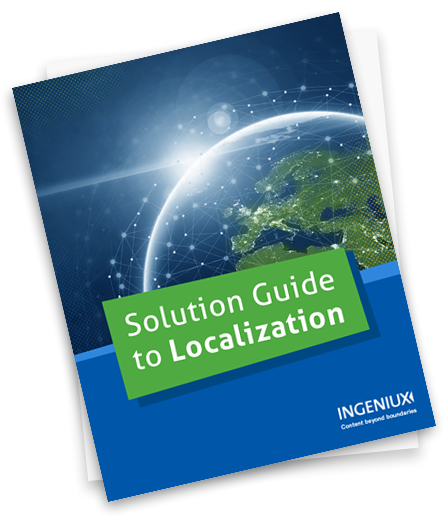Translation Workflows
Ingeniux offers prebuilt workflows designed to make the translation process easy and manageable. Starting a translation only requires one click. Once a page is bound in workflow it is guided through every step in the translation process, sending notifications to key stakeholders, recording the audit trail, and automating tasks from publishing to archiving.
Side-by-Side Translation
For those companies with their own translation teams, you can translate directly in Ingeniux CMS using side-by-side editing. Creating a new translation is as easy as viewing the content on the left pane and typing the translation in the right pane. The preview shows the translated content with full layout and presentation.
Site-wide Localization Reporting
The Site Definition Manager provides tools to track the localization of site templates and assets, including each element on a page, components, workflow, and page creation rules.
External Translation Services
Many companies take advantage of external translation services to translate their website content. Ingeniux plugs into fourteen of the leading translation services making it very easy for you to create content, send it off for translation, and implement the translated content back into your website.
Within Ingeniux, translation service integration makes it look like the translation service is a part of your content editing experience. The integration packages up the content and sends it to the translator with a single click.






